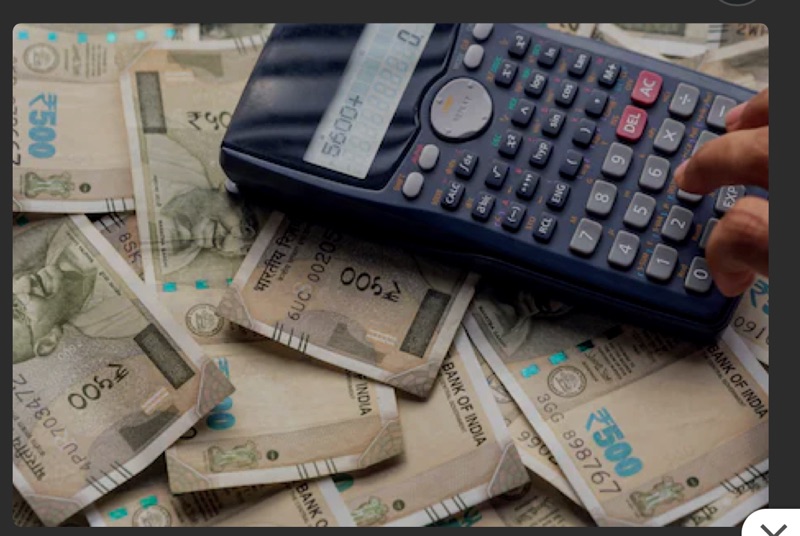 Choosing between the new and old tax regimes depends on your individual circumstances. The new tax regime, introduced in Budget 2020, offers concessional tax rates, but with limited deductions and exemptions. Here's a breakdown to help you decide:
Choosing between the new and old tax regimes depends on your individual circumstances. The new tax regime, introduced in Budget 2020, offers concessional tax rates, but with limited deductions and exemptions. Here's a breakdown to help you decide:
Tax Slabs Comparison
-New Tax Regime:
- Upto ₹3 lakh: Nil
- ₹3 lakh - ₹7 lakh: 5%
- ₹7 lakh - ₹10 lakh: 10%
- ₹10 lakh - ₹12 lakh: 15%
- ₹12 lakh - ₹15 lakh: 20%
- Above ₹15 lakh: 30%¹
- *Old Tax Regime*:
- Upto ₹2.5 lakh: Nil
- ₹2.5 lakh - ₹5 lakh: 5%
- ₹5 lakh - ₹7.5 lakh: 10%
- ₹7.5 lakh - ₹10 lakh: 15%
- ₹10 lakh - ₹12.5 lakh: 20%
- ₹12.5 lakh - ₹15 lakh: 25%
- Above ₹15 lakh: 30%
Deductions and Exemptions
- New Tax Regime: Limited deductions, including standard deduction (₹75,000 for FY 2024-25), family pension deduction, and employer's contribution to NPS.
- Old Tax Regime: Offers over 70 exemptions and deductions, including HRA, LTA, Section 80C, and medical insurance premium.
Choosing the Right Regime
Consider the following factors to decide between the two regimes:
- Income Level: If your income is below ₹7 lakh, the new tax regime might be beneficial.
- Deductions and Exemptions: If you have significant deductions and exemptions, the old tax regime might be more suitable.
- Age and Health: Senior citizens or those with medical expenses might benefit from the old tax regime's deductions.
Ultimately, it's essential to calculate your tax liability under both regimes and choose the one that results in lower tax payments.

Post a Comment
Leave a Reply